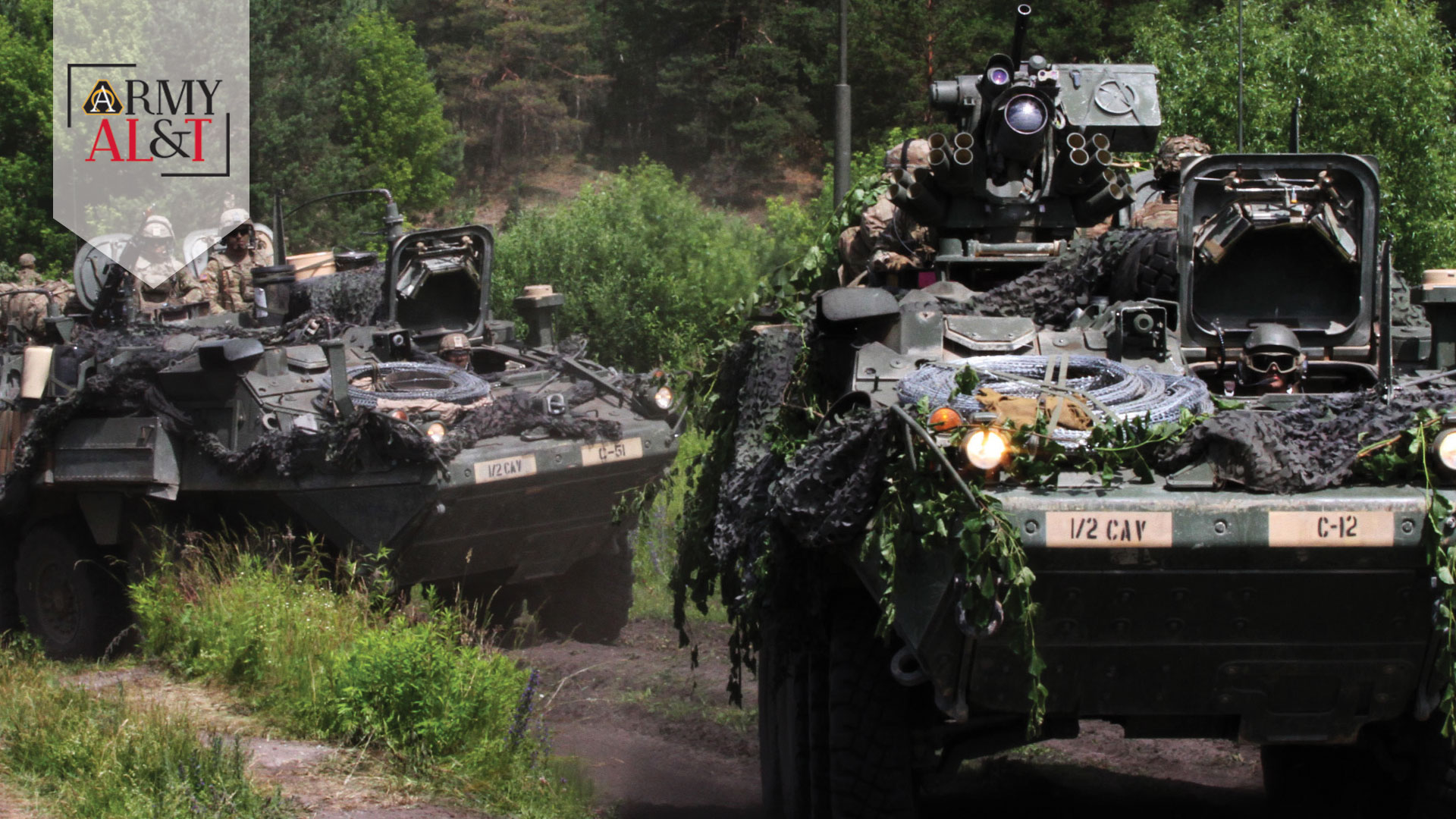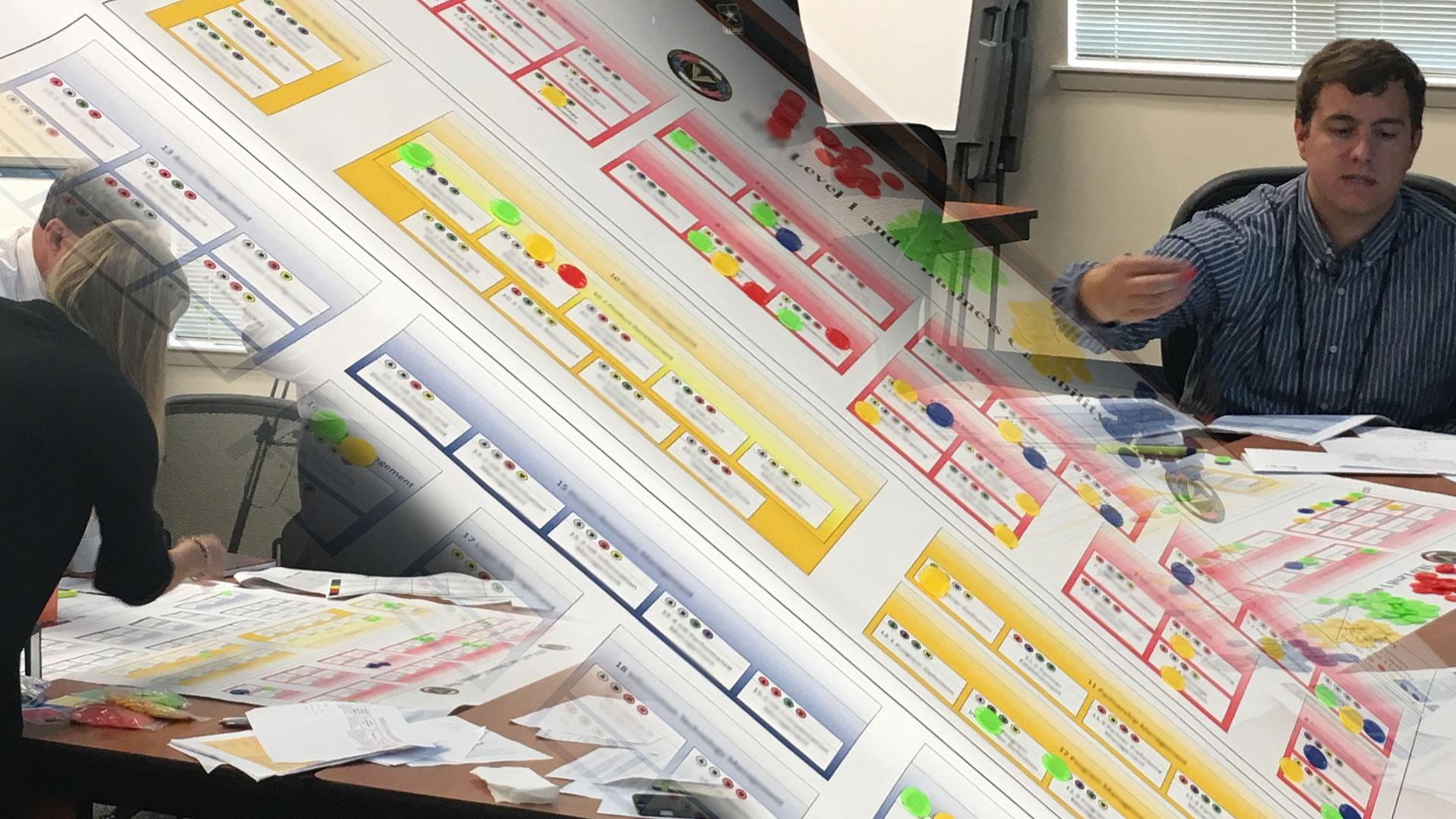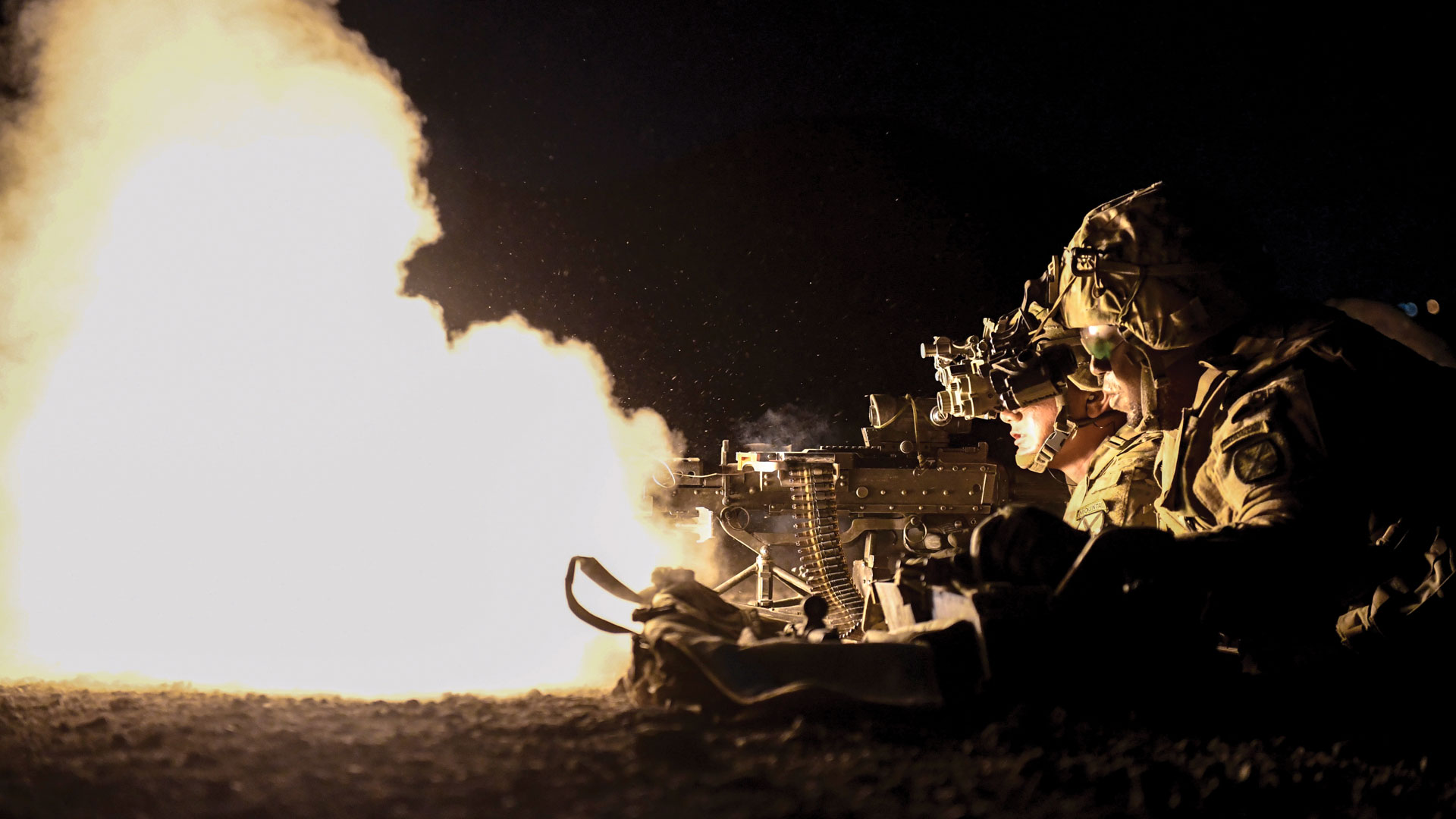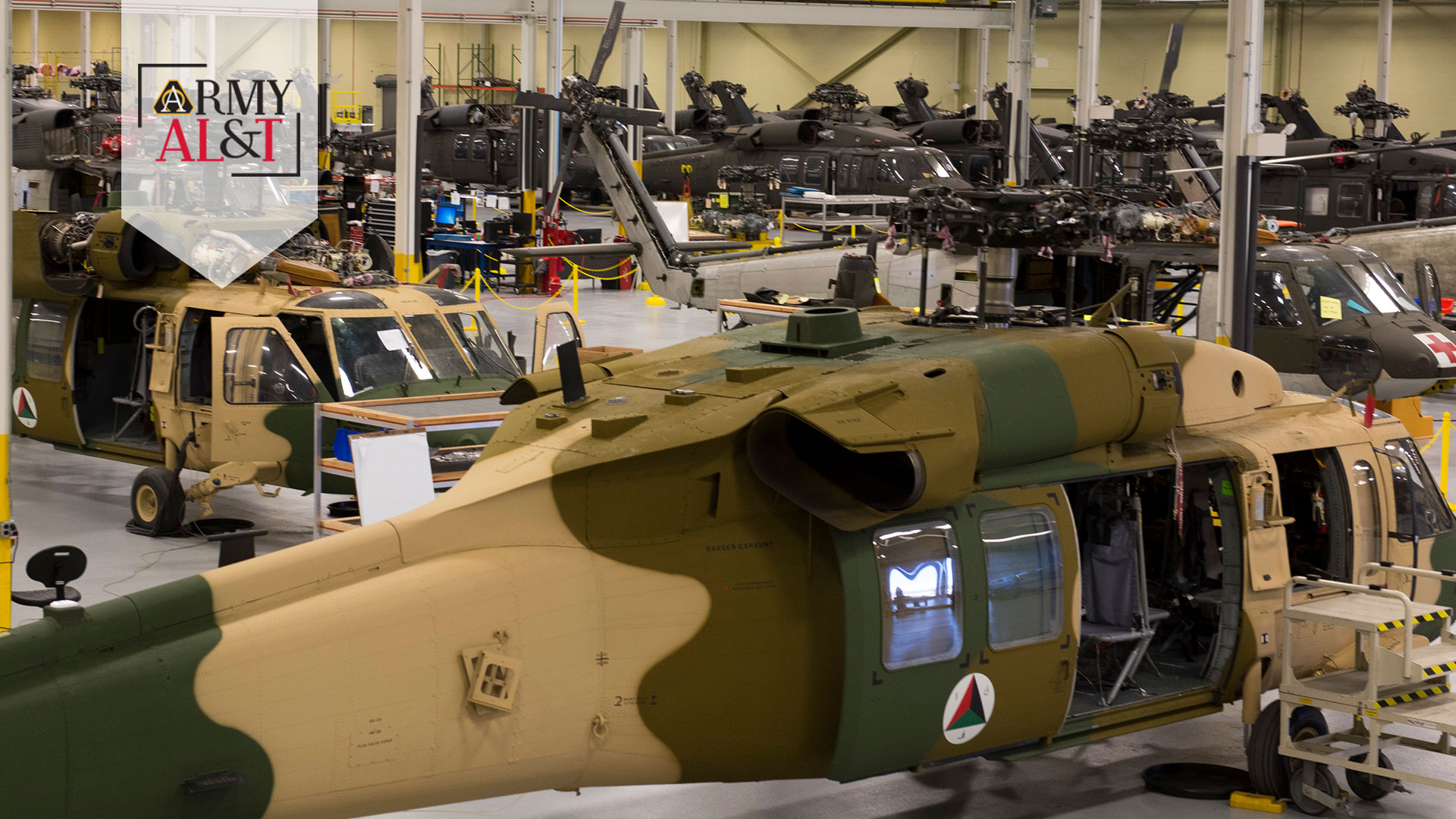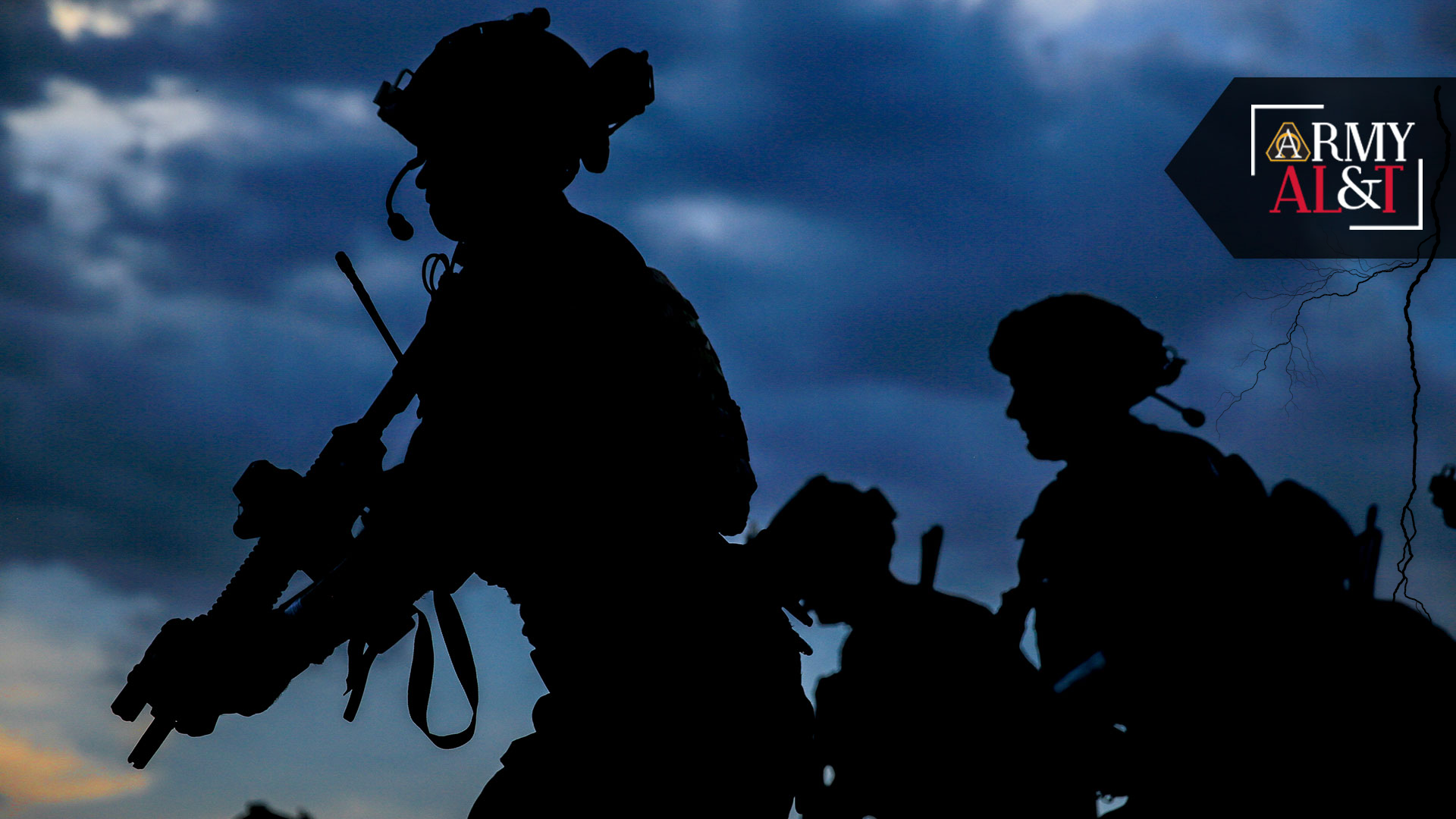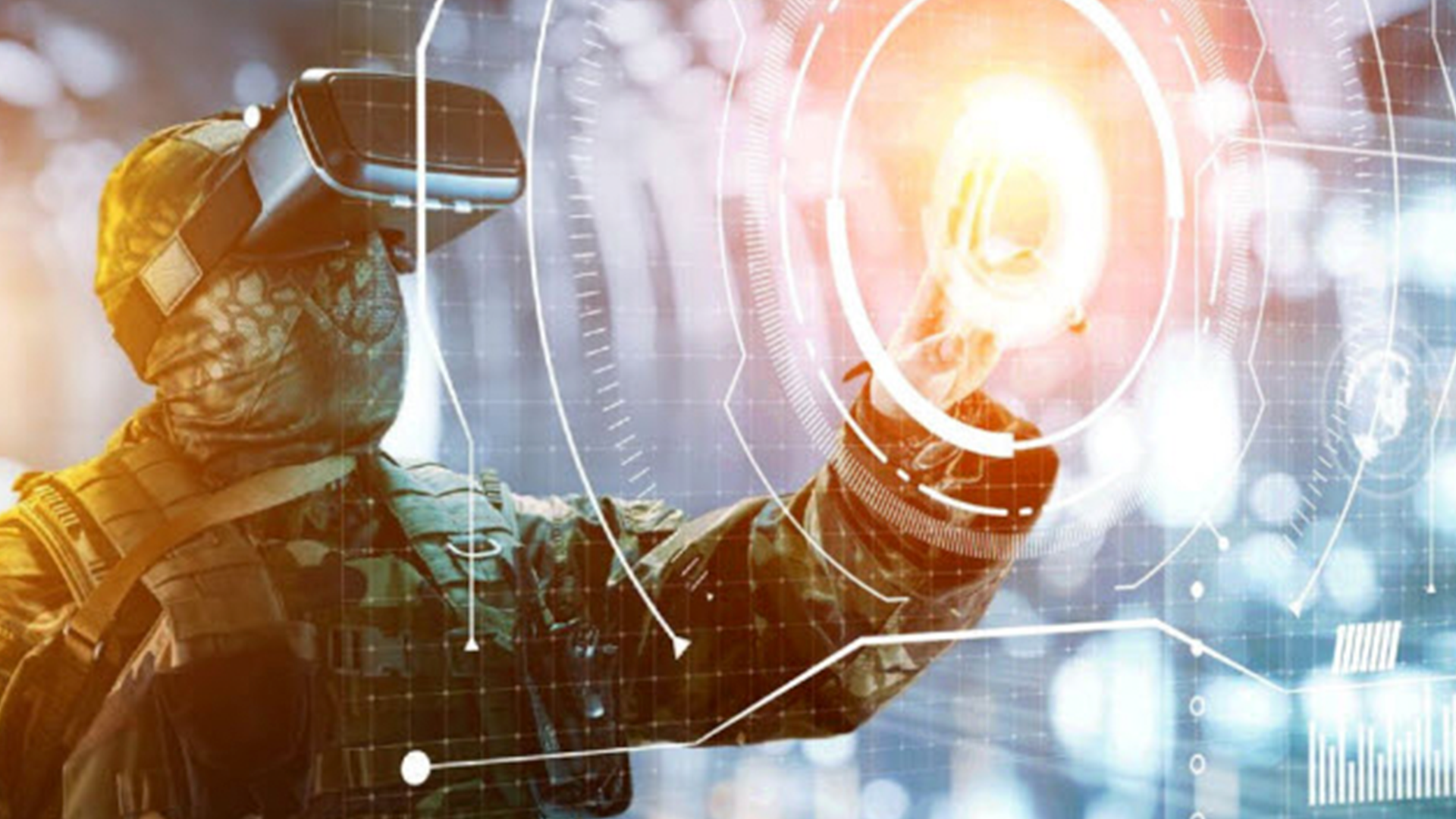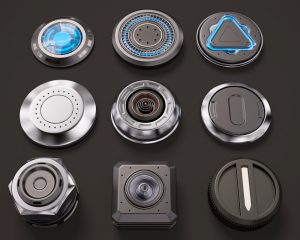By Maj. Mark Scott
My wife and I constantly debate on the amount of “tablet time” our twin four-year-old boys should have. We watch in amazement as they quickly swipe across the screens, mastering games that involve complex problem solving and hand eye coordination. How do we harness this talent? I ask myself if I could ever have been that good at computer games at four years old. I remember back to when I was seven and the Super Mario Brothers craze swept across every household. I would play for hours, only taking breaks for food and sleep. Did anybody ever embrace the skills I learned in boyhood?
Now at thirty-seven years old and labeled Generation X (born 1961-1981), I’ve seen our acquisition community introduce video game applications into our weapon systems and training. Somebody took notice! The Nintendo generation now holds many of the program manager positions and flock toward any new idea that may spark the happiness of youth. Combat situations can be emulated into a first-person role-playing game, drilling the Soldier’s actions over and over again without having to execute expensive field problems. The graphics in simulators for any platform with a steering wheel or joystick rival the latest console produced in the gaming world. Advancing our manned systems to unmanned systems requires even more skill from the “Gamer” generation to maneuver combat systems across the battlefield with imaging from mounted cameras combined with a vast selection of lethal payloads. Our skills have been embraced!
Enter the Millennials (born 1981-1996). This generation lives online, adds Bluetooth to every tech gadget, and is described as always needing to be entertained. During their youth, flip phones became smartphones with applications ranging from text messaging to geo-locating Pokémon. Virtual face-to-face meetings could be held in seconds through video conferencing and people connected on high tech gaming computers to form squads patrolling the realistic streets of Fallujah and execute small unit tactics. Toy drones designed for backyard millennial fun transformed into high-speed drone racing with cash prizes on ESPN. These examples represent only a few skills that were developed by this generation. Did program managers take advantage of the proficiencies demonstrated by Millennials?
If you went to the recent Association of United States Army (AUSA) Annual Meeting in October of 2018 in Washington, D.C., it was hard not to notice the abundance of unmanned systems and miniature drone technologies. You still had your tanks, missile systems, and helicopters, but the supporting systems were filled with the latest technology geared toward the Millennial Soldier. Monitors had touch screens or break screen technologies as well as voice activated controls. Wires were gone from most systems and the word “intuitive” was embraced as the buzzword for any system that looked like it needed extensive Soldier training.
The obstacle course set up in the corner of the convention center still tested the endurance and strength of any challenger who wanted to show their physical prowess, but I wonder if future events would ever host a drone-racing event or an unmanned vehicle competition. Will we ever see an Infantry Soldier be praised more for their skills to fly a handheld drone into enemy territory and deliver munitions over hitting a target with a M4 from 300 yards? Drone Combat Badge! What about a tank company, maneuvering their systems via “Xbox” controllers into combat and destroying an enemy’s position? The technology is there, but will Commanders demand it from the Acquisition Community to enable units to master skills honed in childhood? For the Millennials, this may seem like an easier task than scoring 300 on the APFT.
We now have Soldiers in our ranks labeled Generation Z (born after 1995). Have we examined the skills that they come with before they enter basic training? Will the display screens on their unmanned vehicles they train on during AIT be able to be controlled by swiping across a screen? If so, my four-year-old twins may be able to operate the system! Requirements for a new system may incorporate the buzzword “intuitive”, but that means something different for each generation. How can we find the skillsets for Generation Z? Do we ask them what they are good at? Do we bring in interns to our program offices and let them have a heavy influence in design? Maybe we can give the entire “intuitive” problem set to academia to meet a requirement when designing a system.
Technological skills are developed early and can be vastly different over generations. Baby Boomers (born 1946-1964) can tear down a car engine and build it back up where almost nobody in Generation Z possesses that skill. These skills are identifiable and can be utilized to our advantage as systems are designed. Hopefully this paper can spark new thought as programs develop requirements to look at the next generation for innovative ideas. – Yeah and how much intergalactic warfare fighting experience do you have?
__________________________________
Maj. Mark Scott is assigned to the Small Satellite Integration and Infrastructure Division within the Department of Defense. He has served as an assistant product manager at the Missile Defense Agency and PEO Missiles and Space. He holds a B.A. in marketing from Mississippi State University and an M.A. in acquisition and procurement management from Webster University.


